Anyone who has kept chickens for more than ten minutes knows that the urge to add more birds to the existing flock is ever-present. This urge is commonly referred to as “Chicken Math” and it peaks in early spring when adorable baby chicks begin arriving in feed stores. The desire to add different breeds and feather patterns to a backyard flock and a rainbow of eggshell colors to an egg basket all contribute to the formidable force we know as Chicken Math and the only compelling constraint on this force is space.
The space available inside a chicken coop determines the maximum number of birds that can be housed in it, but with a little creativity it is possible to expand one’s flock short of hiring a contractor to build an in-law apartment onto the existing coop while simultaneously providing birds with enough room to have happy, healthy lives.
SQUARE FOOTAGE
When calculating how many chickens can be housed comfortably inside a coop, the rule of thumb is four square feet of space per full sized bird. Outside the coop, the rule of thumb for a fenced outdoor run or yard is ten square feet per full sized bird. There are a number of variables that allow some flexibility within those parameters, but overcrowding must be avoided.
“Are you going to finish that?”Keeping chickens in crowding conditions is to be avoided due to the dangers it poses. Chickens explore their world with their beaks and the closer they are in proximity to one another, the more likely they are to explore one another by picking, which can escalate to cannibalism. One chicken investigating an emerging pin feather, an insect or fleck of food on a neighbor’s body can result in a minor skin wound that risks becoming a life-threatening injury inflicted by many curious chickens. Crowded chickens may also begin picking at each other aggressively to enforce their positions in the flock social hierarchy. Bearing in mind those concerns, there are several ways to add chickens to an existing flock without overcrowding.
Serama hen and rooster.SCALE UP BY DOWNSIZING
Since bantam chickens are much smaller than full sized birds, they require approximately half the space required by their larger flock-mates. Acquiring bantam birds provides a two-for-one Chicken Math opportunity.
Bantam Cochin vs Large Fowl CochinBuilt-out nest boxes raised off floorMAXIMIZE INDOOR SPACE
- Raise nest boxes. If nest boxes are at floor level they can be raised and wall-mounted to free up valuable floor space. If nest boxes are fully contained within the coop they can be re-designed to extend out from an exterior coop wall with an egg access door.
- Raise roosts and add a droppings board. Roosts can also be wall-mounted versus a ladder style roost system that attaches to the floor. Adding a suspended droppings board beneath the roosts creates clean, usable floor space.
The “After” photo shows that the roosts were raised, the droppings pit was removed, a suspended droppings board was added and the feeder & waterer were moved out of the coop; all of these minor modifications made approximately 16 square feet of floor space available in a 4’x6′ coop, essentially doubling the coop’s capacity.
- Move feeders and waterers. Move feeders and waterers out of the coop into the run. Not only will this free up floor space inside the coop, it will reduce the risk of attracting rodents and flies to the coop while keeping the litter drier and the coop healthier for chickens.
MAXIMIZE OUTDOOR SPACE
The variable that grants the most flexibility in adding to one’s flock is the amount of outdoor space available to the birds.
- Free-range if possible. Flocks that freely roam outside any enclosure require a great deal less space inside the coop and run than flocks that are confined to them. Free-range chickens ordinarily spend very little time inside the coop- they will enter the coop to lay eggs and roost at night, but the majority of their time is spent outside, foraging. There are times such as during inclement weather, when even free-range chickens will not have access to open space and the run then becomes the most important space available to the flock.
This photo was taken just prior to Hurricane Irene in October, 2012. If my chickens could have gotten hold of tin cups, they would have been rattling them on the jailhouse bars.
Expand and cover the run. The bigger the outdoor enclosure, the greater opportunity chickens have to relax and enjoy their personal space without worrying about defending their position in the pecking order. A roofed or otherwise covered run provides protection from the beating sun in hot weather as well as an opportunity for chickens to get out of the coop during rainy, windy, cold, and snowy weather.
- Suspend feeders and waterers. Utilizing wall-mounted poultry nipple waterers and feeders maximizes available run space. Supplying multiple feeders and water stations will minimize the risk of disputes over access to them at any given time.
- Add roosts. Adding roosts in any form, chairs, ladders, stumps, etc. adds vertical space in the run and gives birds a refuge when needed.
Kathy Shea Mormino
Affectionately known internationally as The Chicken Chick®, Kathy Shea Mormino shares a fun-loving, informative style to raising backyard chickens. …Read on


shop my SPONSORS
Anyone who has kept chickens for more than ten minutes knows that the urge to add more birds to the existing flock is ever-present. This urge is commonly referred to as “Chicken Math” and it peaks in early spring when adorable baby chicks begin arriving in feed stores. The desire to add different breeds and feather patterns to a backyard flock and a rainbow of eggshell colors to an egg basket all contribute to the formidable force we know as Chicken Math and the only compelling constraint on this force is space.
The space available inside a chicken coop determines the maximum number of birds that can be housed in it, but with a little creativity it is possible to expand one’s flock short of hiring a contractor to build an in-law apartment onto the existing coop while simultaneously providing birds with enough room to have happy, healthy lives.
SQUARE FOOTAGE
When calculating how many chickens can be housed comfortably inside a coop, the rule of thumb is four square feet of space per full sized bird. Outside the coop, the rule of thumb for a fenced outdoor run or yard is ten square feet per full sized bird. There are a number of variables that allow some flexibility within those parameters, but overcrowding must be avoided.
“Are you going to finish that?”Keeping chickens in crowding conditions is to be avoided due to the dangers it poses. Chickens explore their world with their beaks and the closer they are in proximity to one another, the more likely they are to explore one another by picking, which can escalate to cannibalism. One chicken investigating an emerging pin feather, an insect or fleck of food on a neighbor’s body can result in a minor skin wound that risks becoming a life-threatening injury inflicted by many curious chickens. Crowded chickens may also begin picking at each other aggressively to enforce their positions in the flock social hierarchy. Bearing in mind those concerns, there are several ways to add chickens to an existing flock without overcrowding.
Serama hen and rooster.SCALE UP BY DOWNSIZING
Since bantam chickens are much smaller than full sized birds, they require approximately half the space required by their larger flock-mates. Acquiring bantam birds provides a two-for-one Chicken Math opportunity.
Bantam Cochin vs Large Fowl CochinBuilt-out nest boxes raised off floorMAXIMIZE INDOOR SPACE
- Raise nest boxes. If nest boxes are at floor level they can be raised and wall-mounted to free up valuable floor space. If nest boxes are fully contained within the coop they can be re-designed to extend out from an exterior coop wall with an egg access door.
- Raise roosts and add a droppings board. Roosts can also be wall-mounted versus a ladder style roost system that attaches to the floor. Adding a suspended droppings board beneath the roosts creates clean, usable floor space.
The “After” photo shows that the roosts were raised, the droppings pit was removed, a suspended droppings board was added and the feeder & waterer were moved out of the coop; all of these minor modifications made approximately 16 square feet of floor space available in a 4’x6′ coop, essentially doubling the coop’s capacity.
- Move feeders and waterers. Move feeders and waterers out of the coop into the run. Not only will this free up floor space inside the coop, it will reduce the risk of attracting rodents and flies to the coop while keeping the litter drier and the coop healthier for chickens.
MAXIMIZE OUTDOOR SPACE
The variable that grants the most flexibility in adding to one’s flock is the amount of outdoor space available to the birds.
- Free-range if possible. Flocks that freely roam outside any enclosure require a great deal less space inside the coop and run than flocks that are confined to them. Free-range chickens ordinarily spend very little time inside the coop- they will enter the coop to lay eggs and roost at night, but the majority of their time is spent outside, foraging. There are times such as during inclement weather, when even free-range chickens will not have access to open space and the run then becomes the most important space available to the flock.
This photo was taken just prior to Hurricane Irene in October, 2012. If my chickens could have gotten hold of tin cups, they would have been rattling them on the jailhouse bars.
Expand and cover the run. The bigger the outdoor enclosure, the greater opportunity chickens have to relax and enjoy their personal space without worrying about defending their position in the pecking order. A roofed or otherwise covered run provides protection from the beating sun in hot weather as well as an opportunity for chickens to get out of the coop during rainy, windy, cold, and snowy weather.
- Suspend feeders and waterers. Utilizing wall-mounted poultry nipple waterers and feeders maximizes available run space. Supplying multiple feeders and water stations will minimize the risk of disputes over access to them at any given time.
- Add roosts. Adding roosts in any form, chairs, ladders, stumps, etc. adds vertical space in the run and gives birds a refuge when needed.



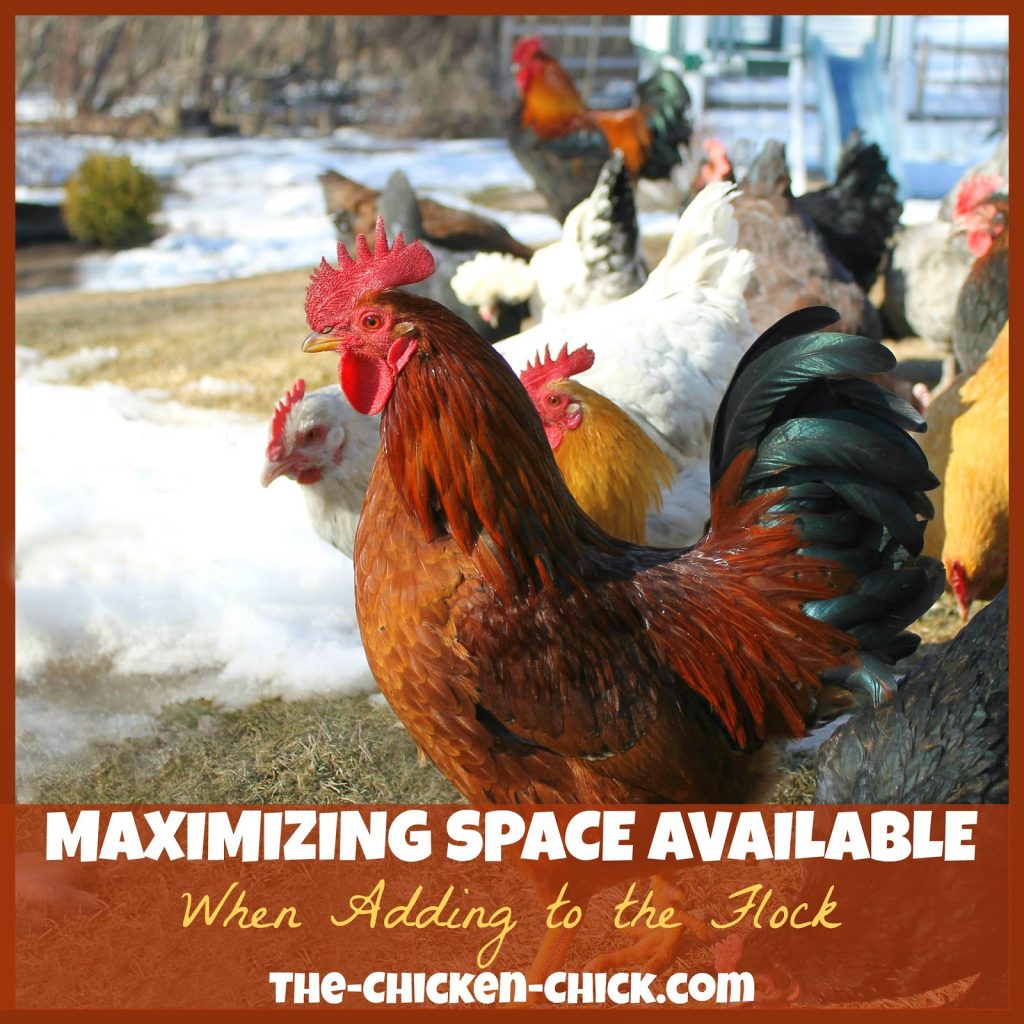
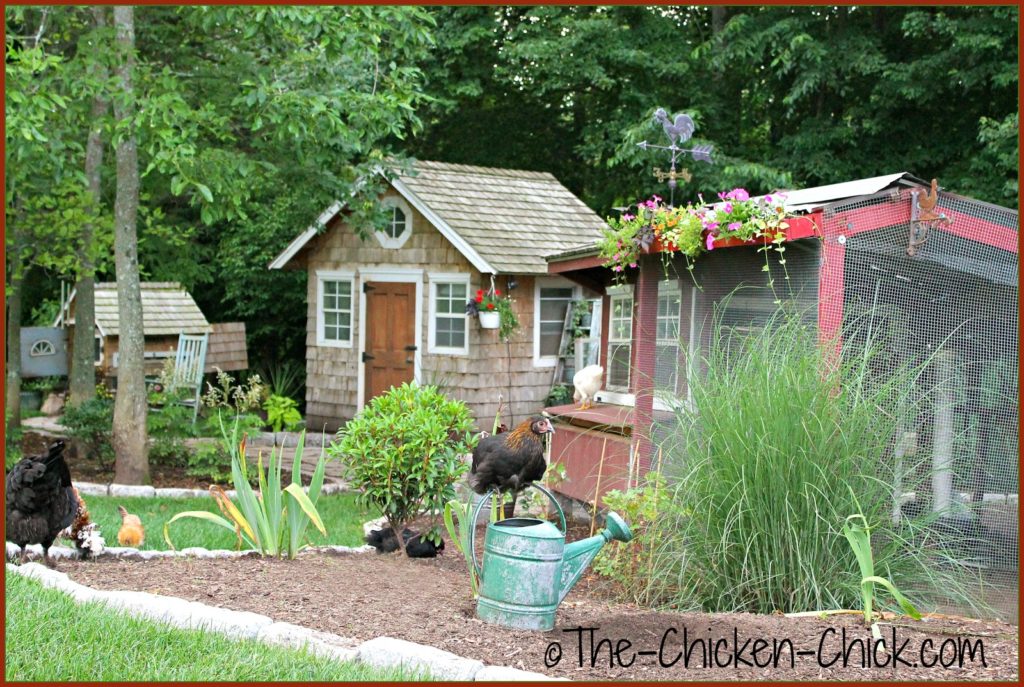
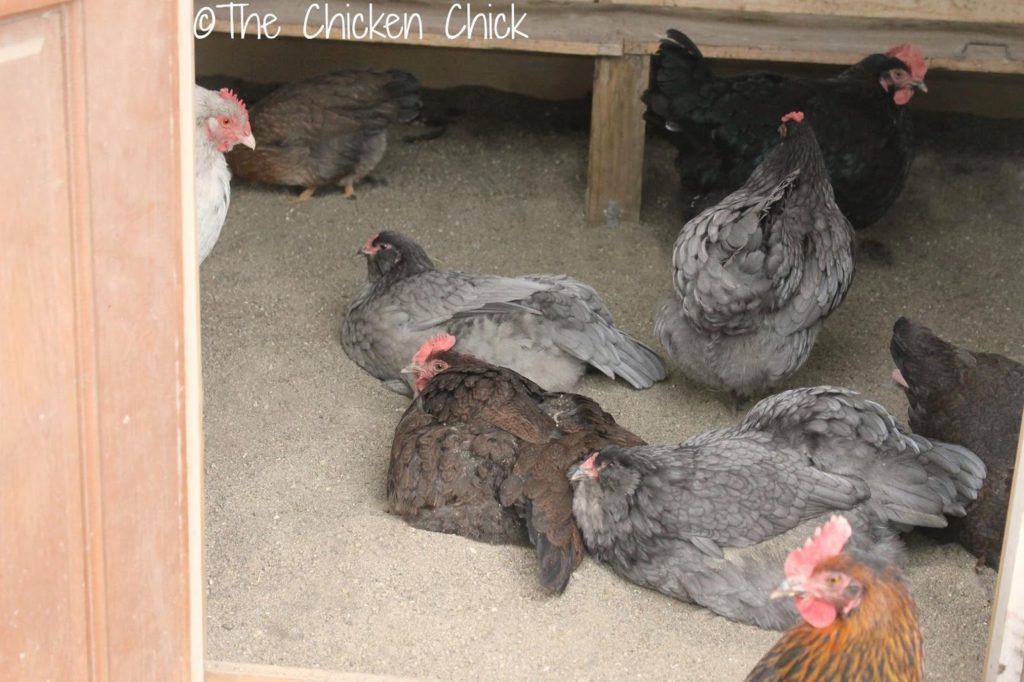
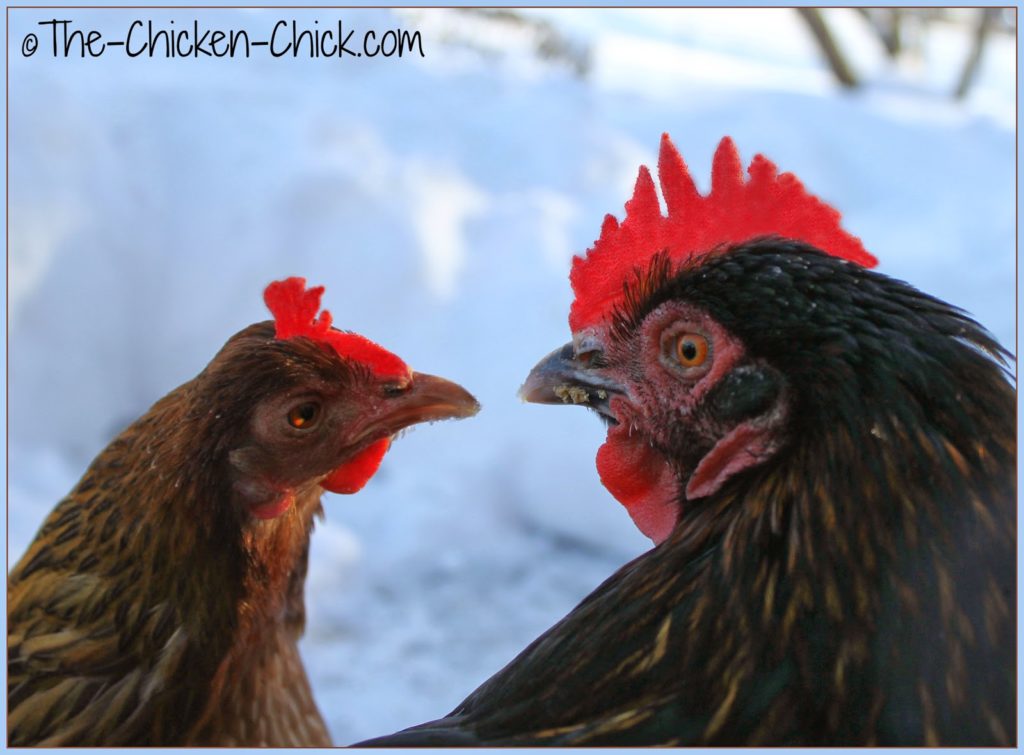
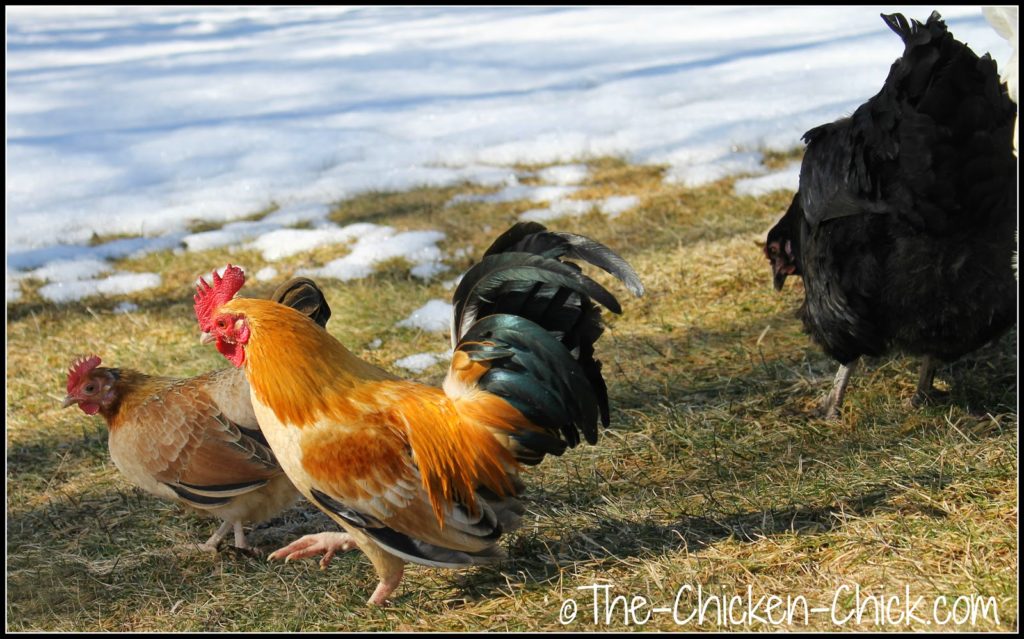
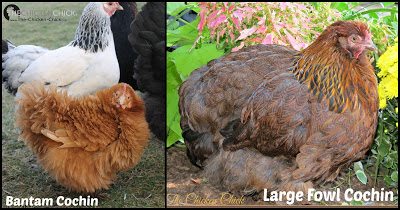
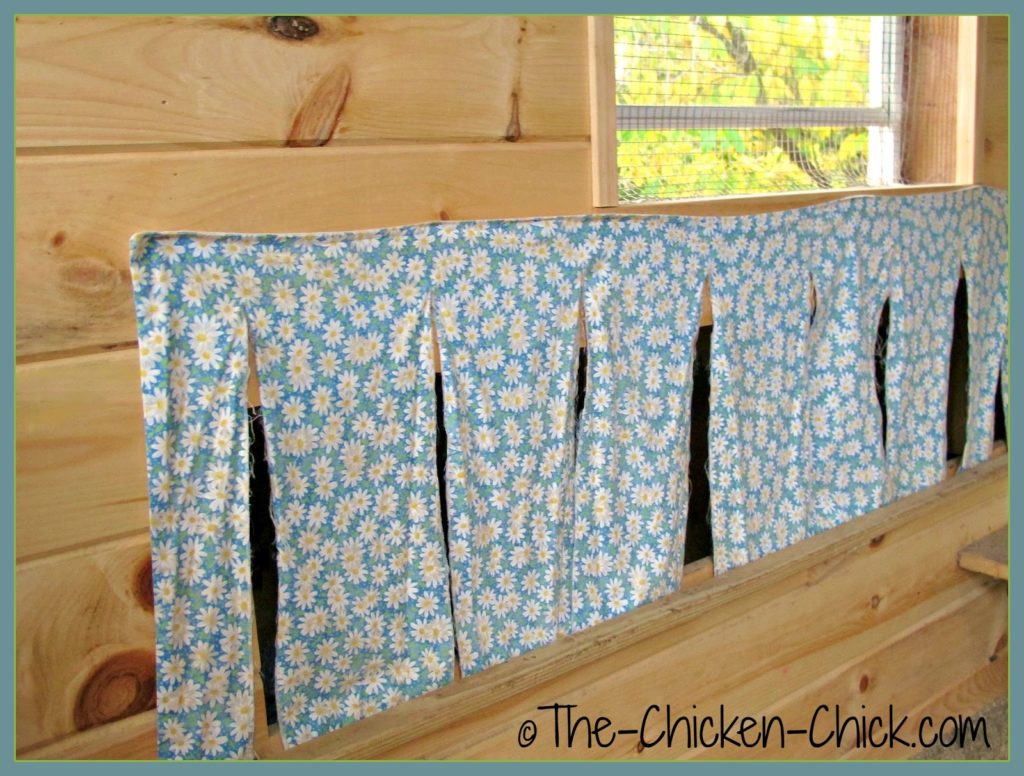
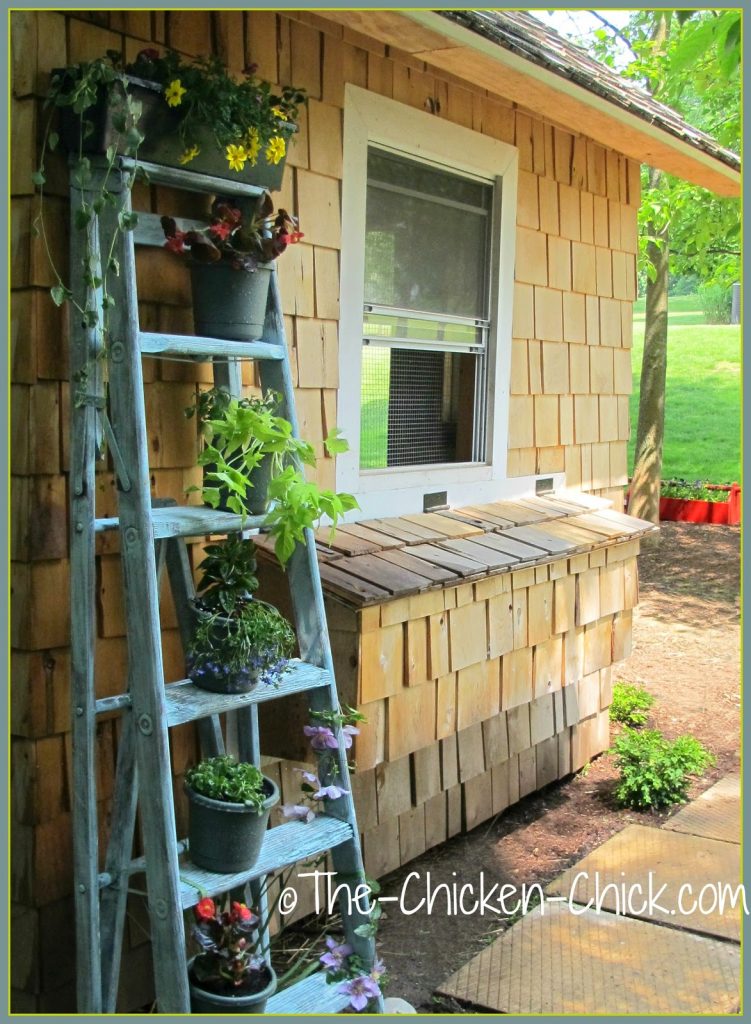
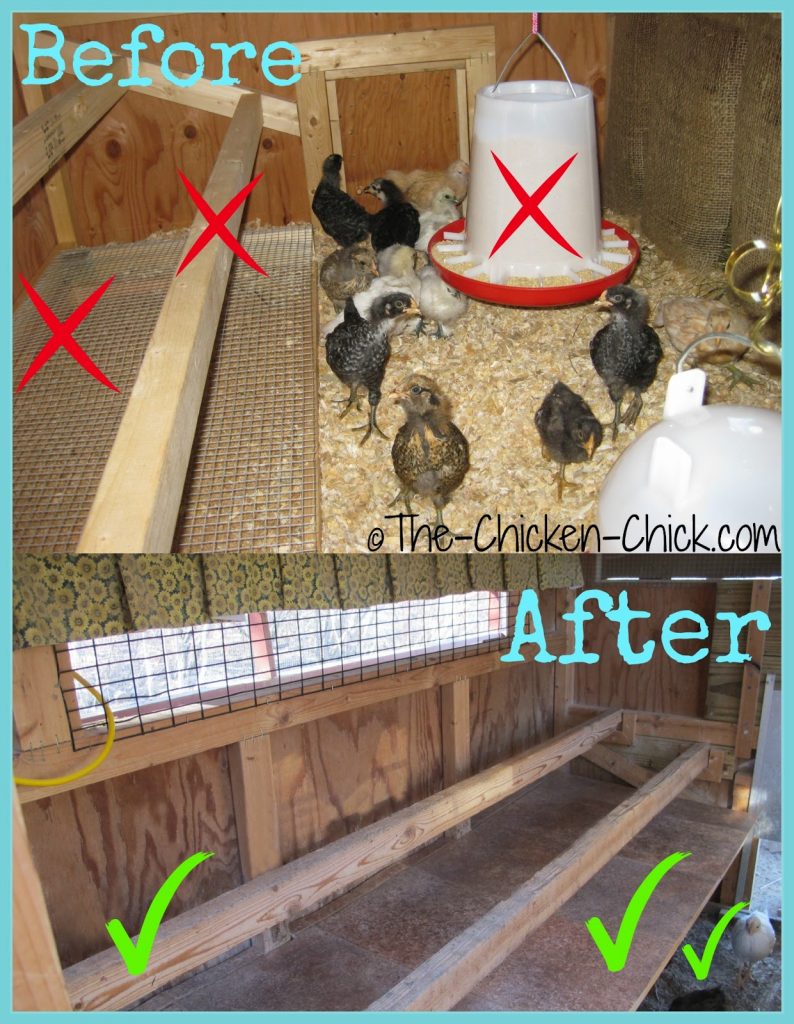

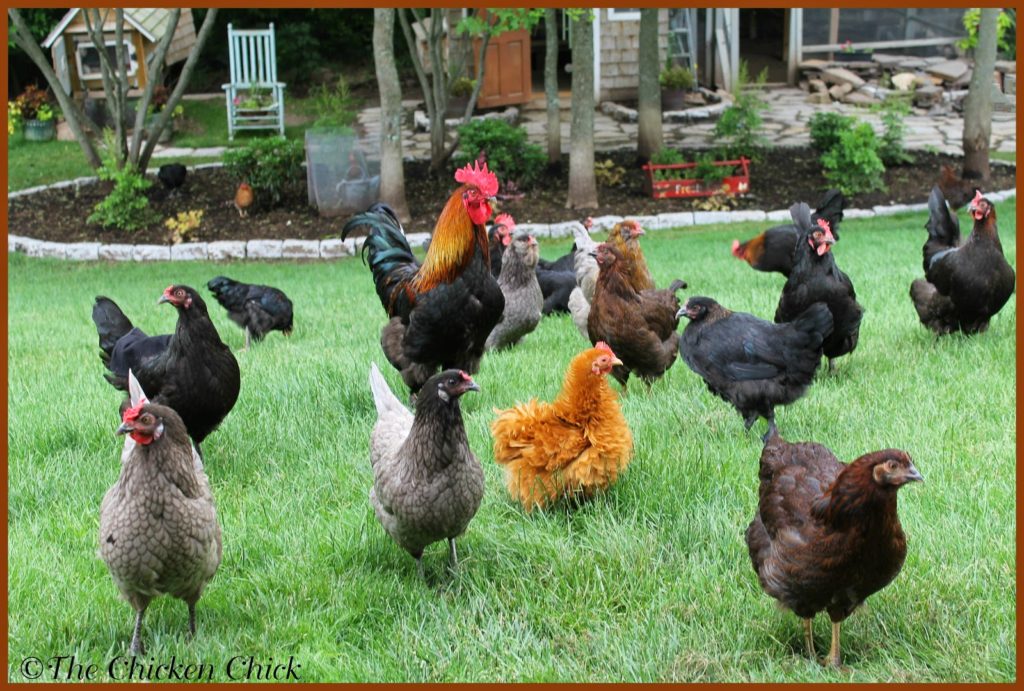
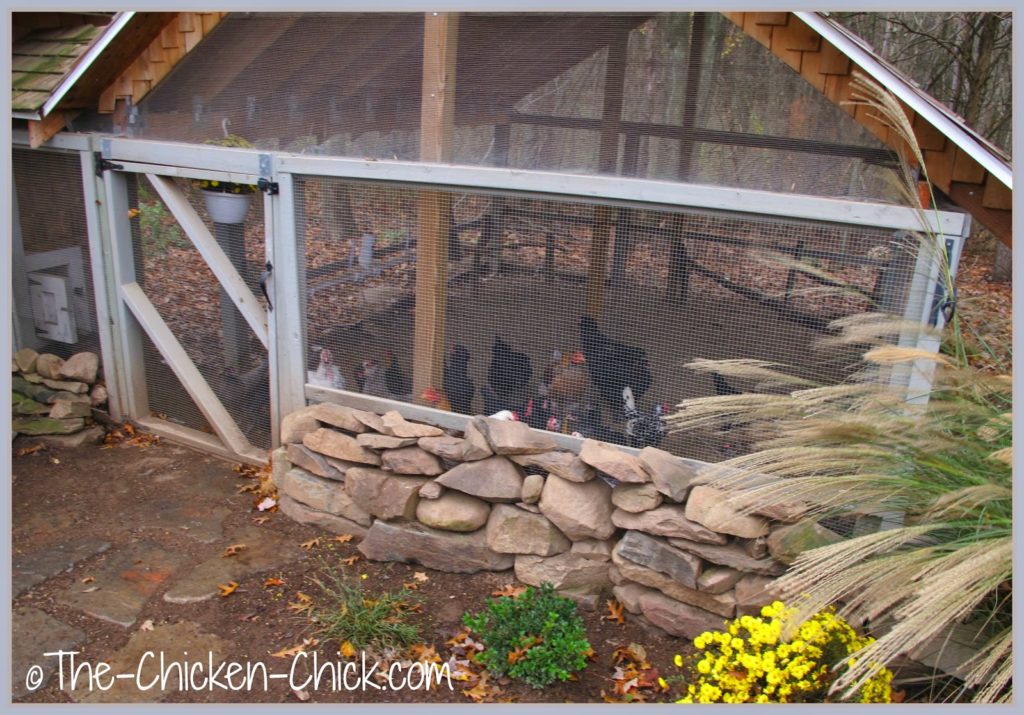
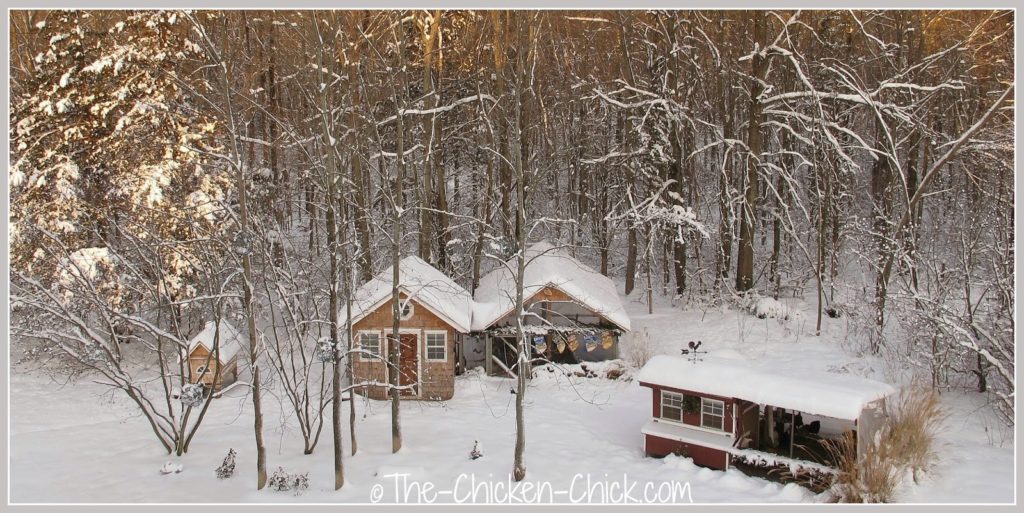
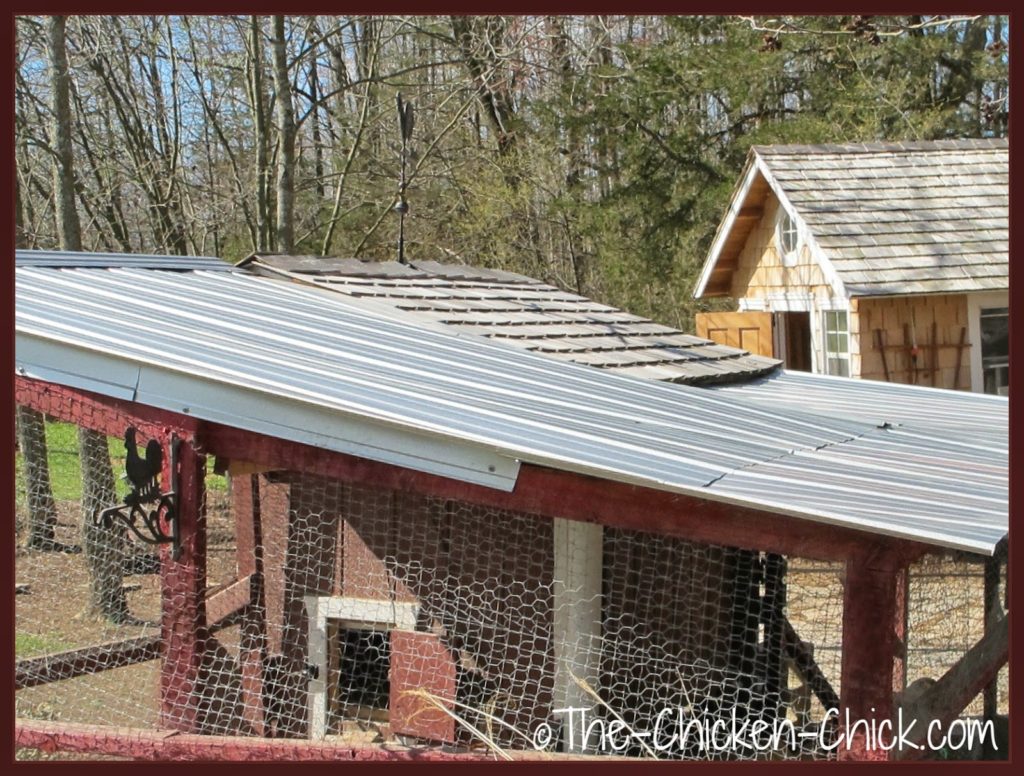
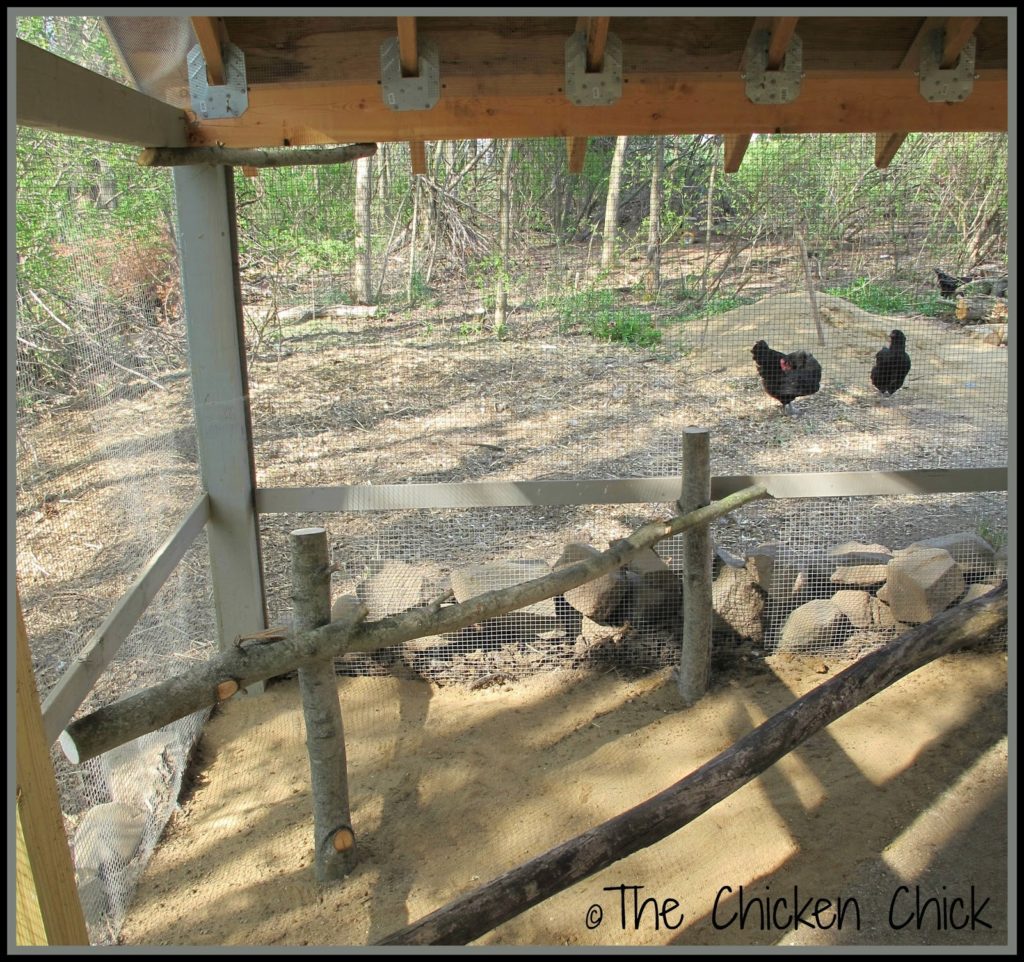
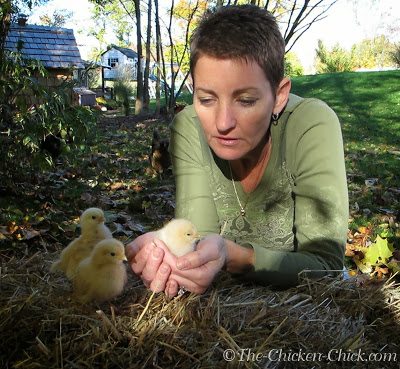















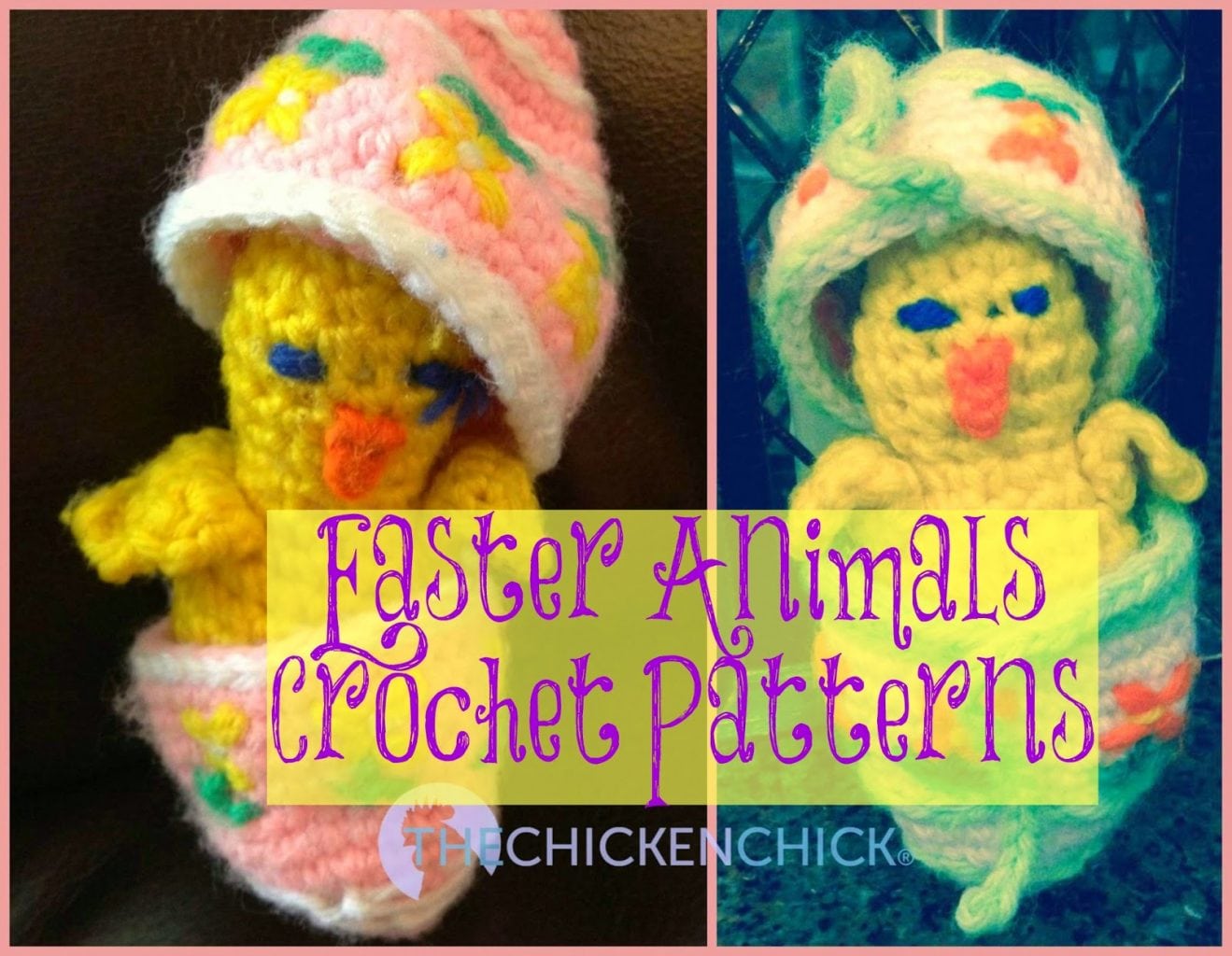






I’m looking for in law apartment photos. I’m going to allow one of my broody hens to hatch chicks and am looking for ideas to separate her from the others while inside the coop.
Use a metal dog crate.
Just read your article about maximizing space. I think I’m ok but worrying about my first winter with chickens. I can’t do drop boards but I clean the coop almost daily and I replace the bedding every 1-2 weeks. I have a plastic shed as my coop and I like being able to wipe down the walls. It also has a plastic floor and I have been able to take everything out and hose it down with a chicken friendly disinfectant. I won’t be able to hose it in winter but I can still wipe it down with a cleaner… Read more »
I love your idea of using the vertical space to the chickens advantage! We have put a table above our in-run dust bathing area. My thinking is by adding the table, it gives another area chickens can hang out while buddies are dust bathing below them. It’s maximizing the vertical space into areas so they actually become usable space for the chickens. On the other end of the run we have three levels the chickens can spend time, hang out and explore. Here we have a lower table where the smaller newbies and banty size chickens are able to go… Read more »
If only I could get a lawn like that for my chickens to run around on….
Don’t forget the chicken swing!